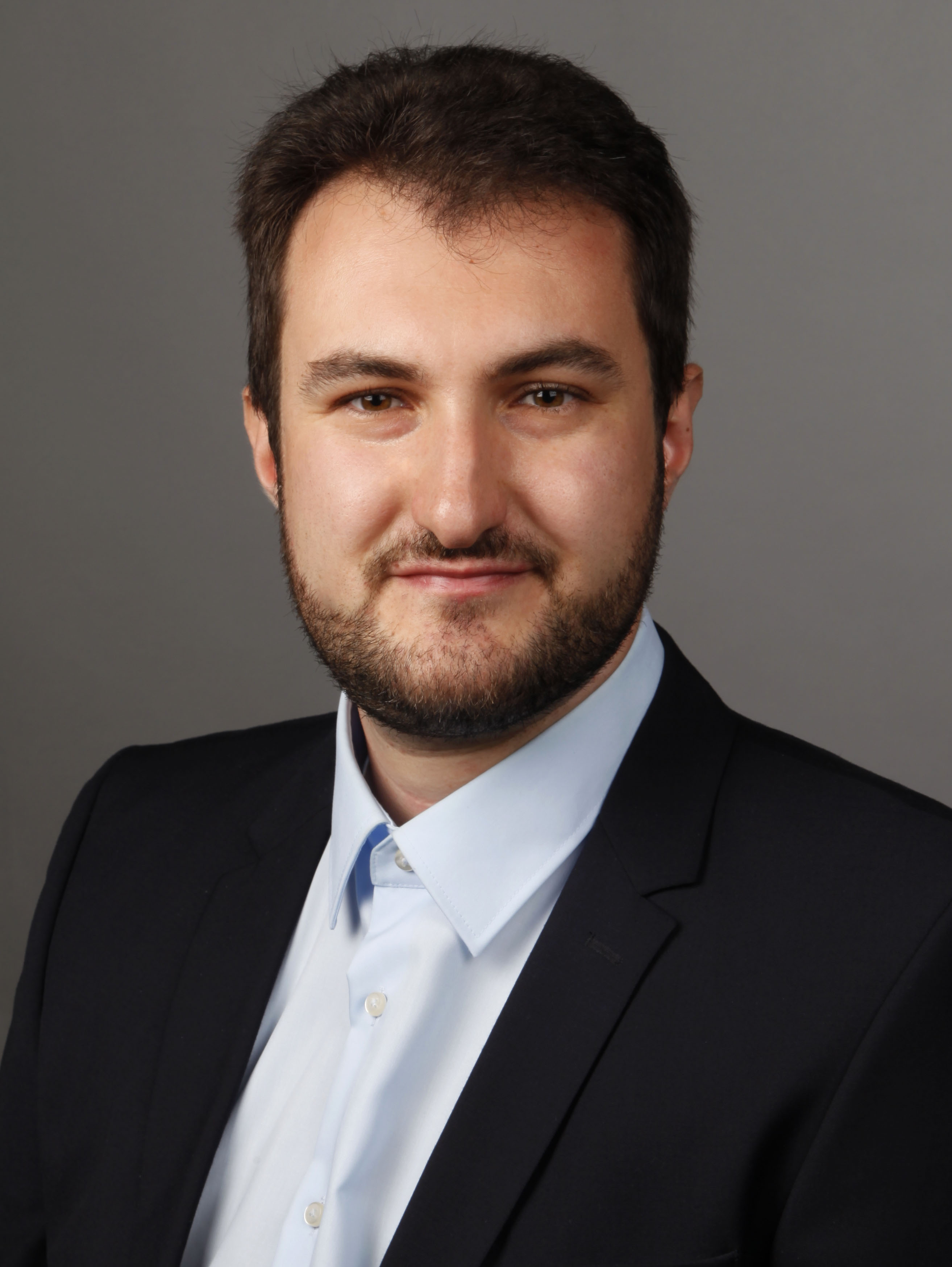Today we will present Jan Philipp Wöhrle. He is the new co-chair of the Young Crystallographers group. In the following he will answer some questions and present himself.

How did you come to crystallography and what fascinates you about your work?
I started to study “Geoscience” at the Albert-Ludwigs-University Freiburg in winter 2009. This was my first contact with minerals and crystals. The benefit of this study subject was that I got in contact with analysis methods (for example polarization microscopy and x-ray diffraction) really fast. At the end of my bachelor´s degree I had the opportunity to attend a few crystallographic courses which changed my focus. I decided to investigate in defects of high pressure shocked quartz crystals from the Nördlinger Ries impact crater and this strengthened my decision to follow the field of crystallography and crystal growth. Therefore, I started my master´s degree in “Crystalline Materials” (also in Freiburg) in 2013 and I was really fascinated about the possibilities of crystal growth methods – for research as well as for industrial purposes. I was very lucky to get the possibility to learn a lot about x-ray spectroscopy and electron microscopy and that we were allowed to use the instruments on our own. So, all of this directed me to the topic of my master thesis with the title: „The Influence of a Rotating Magnetic Field on Ge1-xSix – Crystals”). For over one year now, I am PhD Student (still at the Crystallographic Institute of the Albert-Ludwigs-University Freiburg) in the research group of Mrs. Dr. Sorgenfrei with the main research area of microgravity influences on crystal growth processes.
The main topic of my research is the “Convection and wetting behavior of Ge1-xSix mixed crystals growing under microgravity to optimize technically important crystals”. To realize this research, we need to neutralize the effects of gravity driven convection processes and this can be reached for example by parabolic flight or sounding rocket experiments which are very powerful and highly interesting methods and an exciting environment to work in.
And how did you come in contact with the DGK and its „Arbeitskreis“ Young Crystallographers?
In 2014, I visited the annual conference of the DGK in Berlin. During this conference, the first get-together took place and was instantly fascinated by the idea of having a community of people my age that share interests and are easy to connect with. I was really impressed by the energy and the enthusiasm of Oliver (Pecher) and Julia (Dshemuchadse) who founded the YC and I wanted to help them. After that, I participated in several meetings of the YC (Bremen 14, Göttingen 15, Darmstadt 15, Karlsruhe 17, Aachen 18) and it became clear to me very fast that I want to contribute to this community. Therefore, I have taken the responsibility for the social media networks from 2015 till 2017. Last march, I was elected as the new co-chair of the YC at the last get-together in Leipzig and I will try my best to be worthy of my predecessors.
What do you want to make your task as a co-chair?
One of the most important tasks for me as a co-chair of the YC will be the organisation of the meeting next year in Wroclaw/Breslau (Poland) at the joint German-Polish Conference on Crystallography. I am very excited to get in contact with the Polish students and colleagues and I hope that we will get to know a lot of new friends there. As my personal task, I will try to increase our network and get in contact with more young crystallographers over the whole of Europe or, if possible, the whole world. We are the next generation and we must work together.
But I am also very excited to help our team in Freiberg (Melanie and Tina) to organize the meeting next September which will be the 2nd meeting together with the young crystal growers from the jDGKK.
Normally, we would have met this year during the YC Lab Meeting at STOE, but due to the joint meeting, it was not possible to handle the number of participants. So, for the future, I want to keep this “tradition” and I´m already aiming for the 3rd Lab Meeting in two years together with Michael (Teck) from STOE.
Where do you see the „Arbeitskreis“ Young Crystallographers in the future?
I see the YCs as an equivalent and fully recognized workgroup within the DGK which is connected to other young scientists all over the world. As Michael said last year in his blog post: “We are already one of the most active working groups of the DGK…” – that is great, especially because we represent a very young group. But, I think we can do more! Science is one of the few things in this world that is possible and works over national borders – we cooperate and act with people of different cultures, and it works! It would be awesome if we were able to expand our network further to connect as many young crystallographers as possible.
How do you want others to remember you as a co-chair?
That is very easy: I don´t want others to remember me as a co-chair – but as a friend.